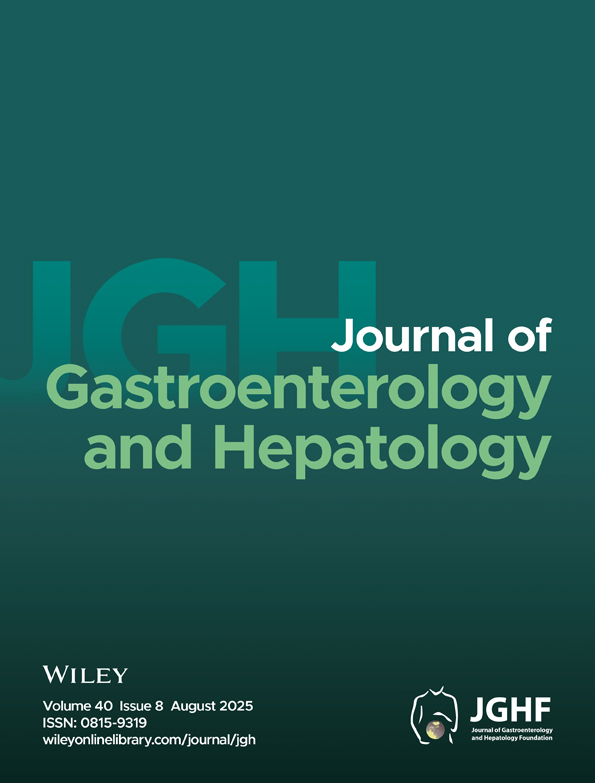Serum enzyme pattern in acute liver disease: Relation to type of cell death
Abstract
To examine the hypothesis that different histological forms of liver cell death result in a characteristic serum enzyme pattern, the serum concentration of alanine aminotransferase (ALT), aspartate aminotransferase (AST) and lactic dehydrogenase (LD) enzymes were measured in three aetiologically distinct groups of patients with acute hepatocellular injury. Thirty patients had serologically confirmed acute viral hepatitis B, twenty had histologically proven ischaemic hepatitis and five had paracetamol hepatotoxicity. Serum AST and ALT levels were similar in the patients with viral and ischaemic hepatitis, but the serum LD was significantly higher (P < 0.001) in the ischaemic hepatitis group. The pattern of enzyme elevation in the patients with paracetamol hepatotoxicity was similar to that found in ischaemic hepatitis. AST/LD and ALT/LD ratios, which were greater than 2 and 3 respectively, usually distinguished the patients with viral hepatitis from those with ischaemic hepatitis or paracetamol hepatotoxicity. Because of differences in the clearance of these enzymes from the serum it is likely that the AST/LD ratio will prove of greater discriminatory value and that this will be most evident early in the patient's clinical course and become progressively less with time.




